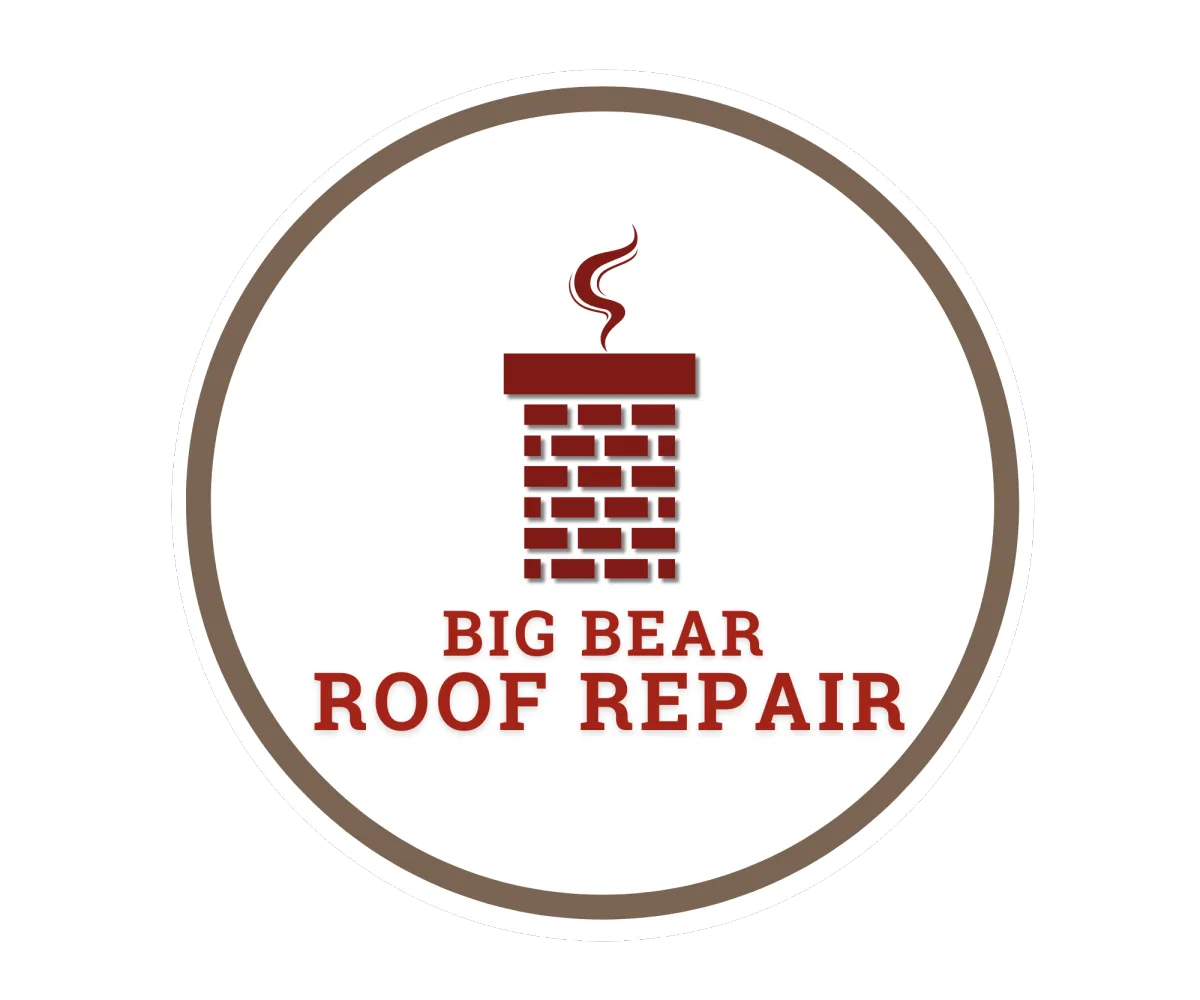
Shingle Damage 101: What Homeowners Should Know Before Calling a Roofer
Your roof shingles are the armor of your home. Understanding the difference between normal wear and tear and serious, leak-inducing damage is the key to protecting your investment and making smart decisions when you talk to a professional roofer.
Here is a homeowner's guide to identifying the most common types of shingle damage and knowing when a simple fix won't cut it.
Part 1: The Four Types of Shingle Damage
When you look at your roof (safely, from the ground with binoculars, or after a storm), these are the most critical issues to watch for:
1. Granule Loss (The "Bald Spot")
Asphalt shingles are covered in small, sand-like ceramic granules. These protect the asphalt core from damaging UV rays and fire.
What it Looks Like: You'll see bald, dark spots on your shingles where the protective layer has worn off. You'll also find a significant accumulation of granules in your gutters and downspouts.
The Cause: Normal aging, aggressive storms (especially hail), or foot traffic.
The Problem: Once the asphalt is exposed, it breaks down rapidly under the sun's UV light, severely shortening the life of the shingle and leading to cracking and water penetration.
2. Curling and Cupping (The "Warp")
This refers to the way the edges of the shingles distort and lift up.
What it Looks Like:
Curling: The edges lift up, leaving the middle flat.
Cupping: The middle of the shingle sinks down, causing the edges to turn up, creating a "dish" or "cup" shape.
The Cause: Improper attic ventilation (which causes heat buildup under the roof deck), poor installation, or simply old age and material degradation.
The Problem: The lifted edges allow wind and water to blow under the shingle, drastically increasing the risk of a leak, especially during heavy rain.
3. Cracks and Missing Tabs (The "Gap")
Physical breaks or dislodged sections that leave the roof deck vulnerable.
What it Looks Like: Visible vertical or horizontal cracks in the shingle surface, or entire shingle tabs (sections) missing, often after high winds.
The Cause: High winds, extreme temperature fluctuations (thermal shock), or brittleness due to old age.
The Problem: Missing shingles or deep cracks directly expose the underlayment and roof deck to water, leading to potential wood rot and immediate interior leaks.
4. Hail Bruising (The "Impact")
Hail damage can be hard to spot for the untrained eye, but it is one of the leading causes of insurance claims.
What it Looks Like: Small, dark, circular dents or divots on the shingle surface where the granules have been forcibly removed. On older shingles, it can cause the fiberglass matting to break, leaving soft spots.
The Cause: Hailstorms. Look for dents on other metal objects on your property (gutters, vents, AC units) as supporting evidence.
The Problem: The impact may compromise the shingle's internal matting, creating a weak point that will eventually crack and lead to a leak.
Part 2: Repair vs. Replacement: Making the Right Call
When you call a roofer, knowing the difference between a repair and a replacement scenario will help you understand their recommendation.
When to Expect a Repair Recommendation:
Minor & Localized Damage: The issue is limited to a small area, such as a few missing shingles, one damaged vent, or a small section of flashing.
Good Condition and Age: The majority of the roof is in good condition, and the shingles are relatively young (well under 15-20 years old).
When to Expect a Replacement Recommendation:
Widespread Damage: Damage covers multiple roof sections (e.g., hail damage across 30%+ of the roof, cupping/curling visible on every slope). A temporary patch won't solve the systemic issue.
Structural/Deck Rot: If the underlying wood decking is wet, soft, or rotting due to long-term leaks, a full replacement is needed to address the structure of the roof, not just the shingles.
Old Age: If your asphalt shingle roof is approaching or has exceeded 20-25 years, continued repairs are often more costly and less effective than installing a new roofing system.
Pro Tip: If a shingle issue is caused by poor ventilation, simply repairing or replacing the shingles will not fix the underlying problem. A professional roofer will discuss ventilation solutions (like adding attic vents) to prevent future failures.
Part 3: What to Do Before You Call the Roofer
Preparation will make your inspection and repair process smoother and faster.
Document Everything: Take clear, well-lit photos of any damage you can safely see from the ground or a second-story window. Document any interior leaks or water stains.
Check Warranties: Locate your original roof installation paperwork. Knowing the brand, material type, and warranty status (if applicable) can be extremely helpful.
Check for Insurance: If the damage is from a recent storm (wind or hail), your homeowner's insurance may cover the cost. Have your policy information ready to discuss with the contractor.
Clear the Area: If you know where the leak or damage is located, ensure the area around your house directly below it is clear of furniture, cars, or fragile items to make it easy for the roofer to set up a ladder and access the area.
By understanding these fundamentals, you transform from a worried homeowner into an informed client, ready to collaborate with a professional roofer to restore your roof's integrity.
